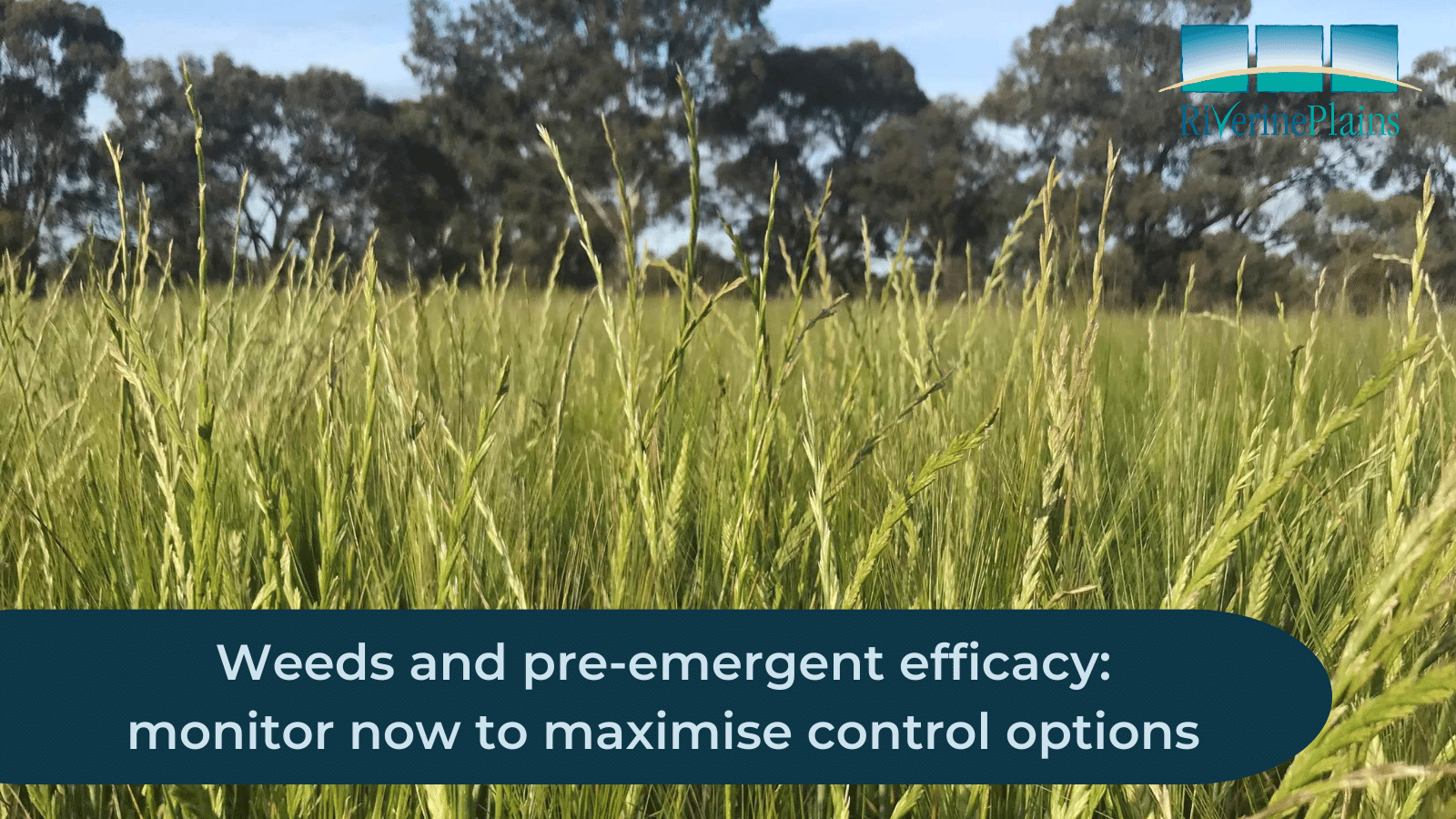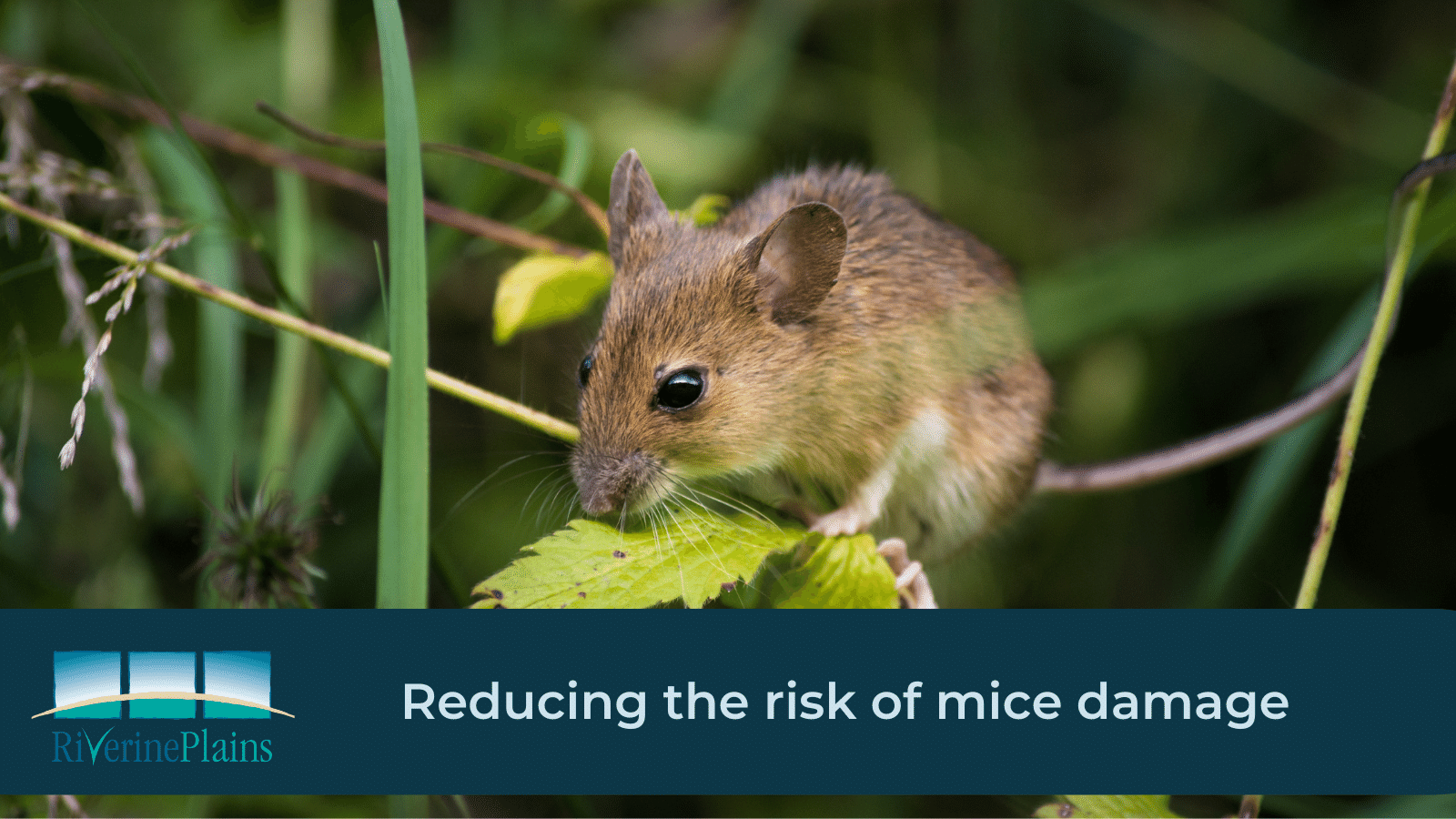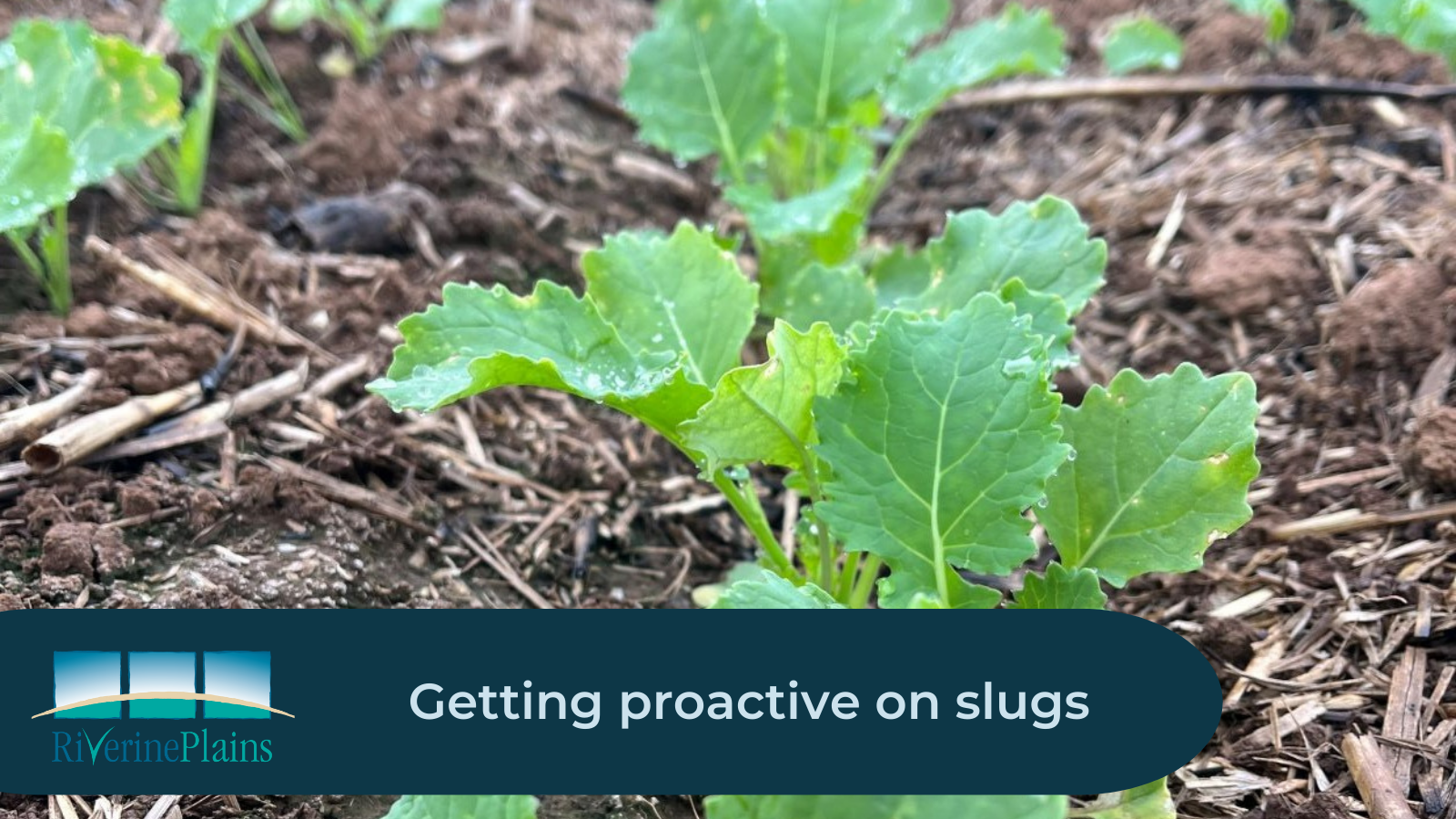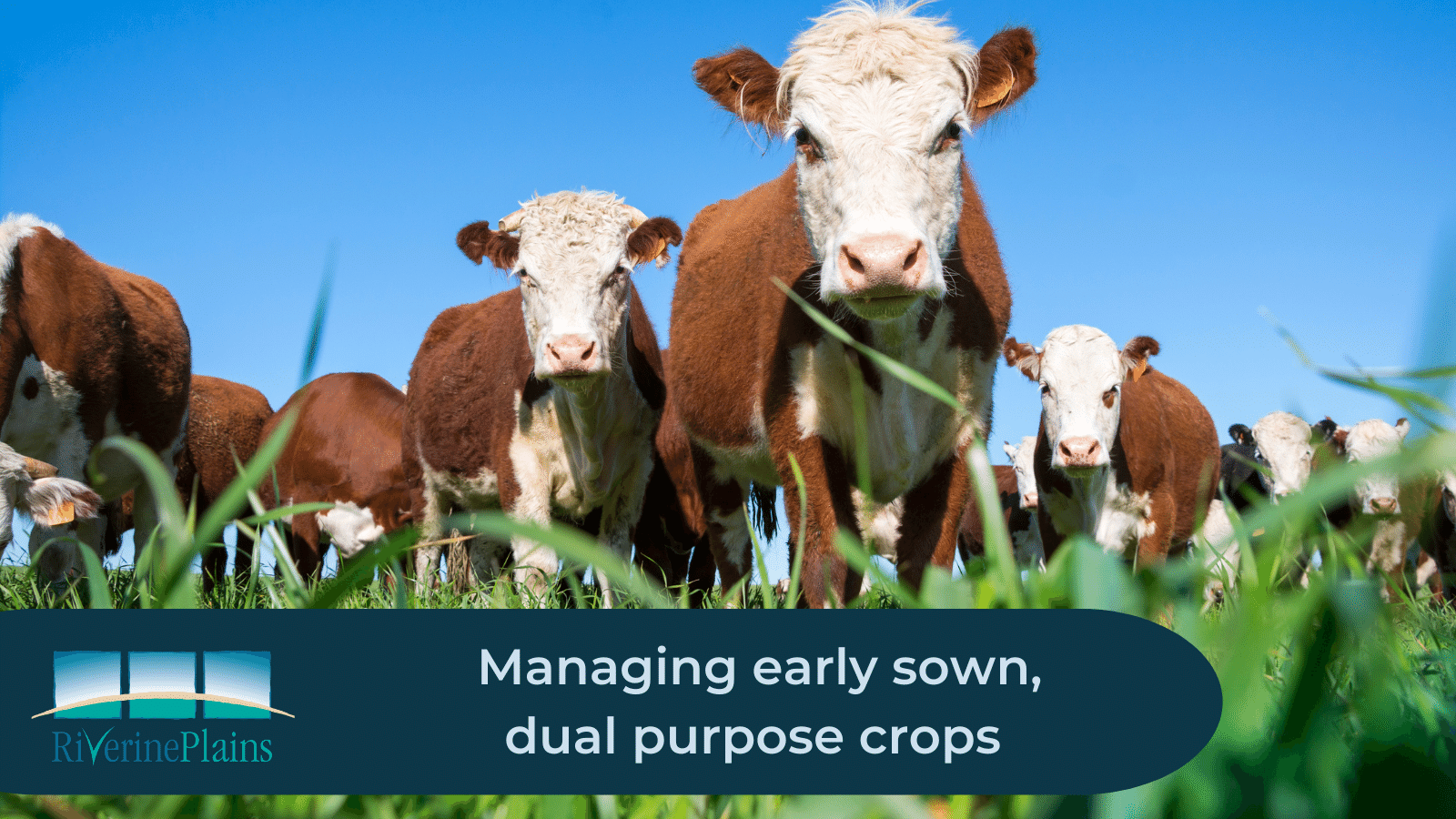Weeds and pre-emergent efficacy: monitor now to maximise control options
Key messages:
- check the efficacy of your pre-emergent herbicide applications – poor results may mean you need to reconsider your post-emergent spray program or other control options
- overall herbicide efficacy can be affected by a range of factors including plant stress, moisture and inadequate coverage
- delays or failures in weed control can be costly, so monitor now to manage the risk
Many Riverine Plains growers are still busy finishing their sowing programs, while also managing time-sensitive issues like slugs. Despite time constraints, it’s important to prioritise weed monitoring, including the effectiveness of pre-emergent herbicide applications, especially in earlier sown crops.





